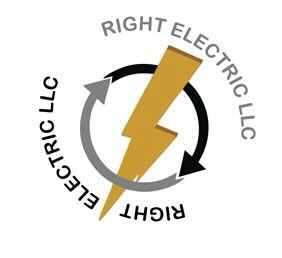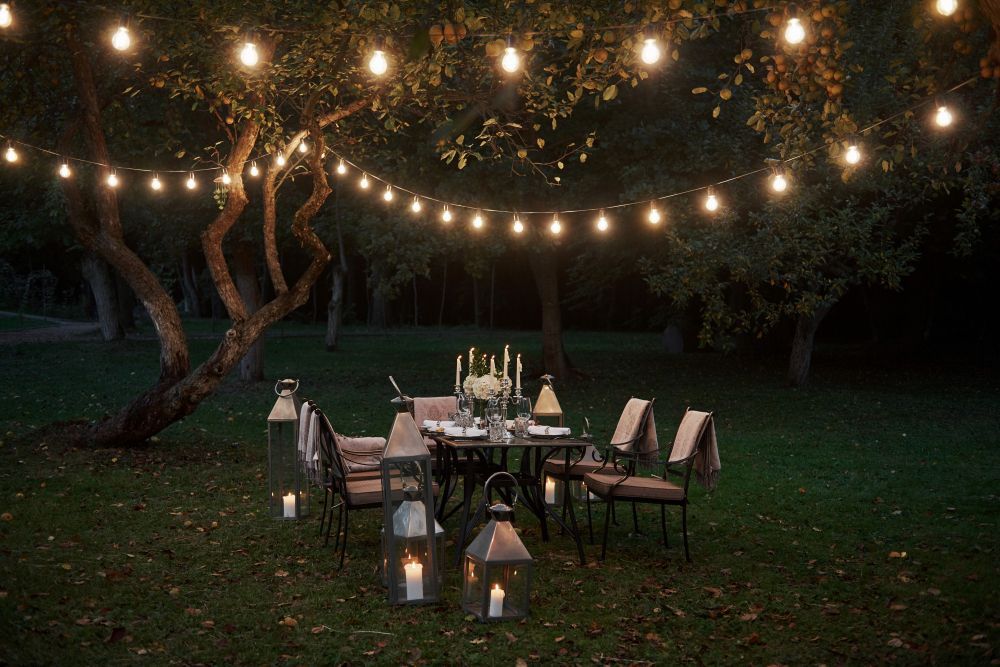What Is a Pathway Light?
Well-designed pathway lighting provides safe passage along walkways, stairs, and other outdoor paths. Pathway lights are a functional and elegant addition to your exterior landscape. Further provides soft illumination that enhances your landscape without feeling harsh. They also come in a multitude of options, including garden lights, downlights, bollards, and flush lights.
What Are the Benefits of Pathway Lighting?
Pathway lighting offers many benefits, including:
- Enhanced safety for visitors, further helping prevent tripping and missteps.
- Upgraded security, eliminating shadows where intruders might conceal themselves.
- Garden protection, further prevents accidental trodding by revealing the boundaries of pathways.
- Revealing elevation changes like stairs or inclines.
- Highlighting low-growing plants for added visual interest.
- Improve your home’s curb appeal by enhancing its best features with proper lighting.
- Providing ambient lighting for entertaining in the garden or other outdoor areas.
Different Styles of Pathway Lights
Pathway lights come in a variety of styles. Homes and Gardens magazine offers a glimpse at how you can use pathway lighting to enhance your yard. Understanding your options can further help you create a lighting plan that suits your space best.
Garden Lights
A DIY pathway lighting kit often includes garden lights as part of its lighting components. They typically stand between 18 to 24 inches tall. These further include a canopy that helps reflect light down onto paths and garden beds. Garden lights also come in a wide variety of styles.
Downlights
Downlights are a versatile pathway lighting option. In these lights, the light is set higher, usually mounted to a pole, a wall, or a nearby tree. Lights located higher provide a wider area of coverage. Their design directs light towards the ground like a moonbeam, bathing a pathway or section of the garden in gentle illumination without irritating side glare.
Bollard Lights
Bollard lights, otherwise known as pillar lights, are brighter than other forms of pathway lights. As suggested by the name, these are pillars that spread light in 360 degrees. For this reason, they are an excellent option for the beginnings, intersections, and endings of pathways. Walkers benefit from their limited use in that they can see the paths clearly without being blinded by glaring light. Like garden lights, they come in various styles and can be a visually stunning element of your landscape.
Flush Lights
In accordance with their name, flush lights are installed in the ground, pathways, or low on a garden wall. Some feature built-in eyelids to direct light in a particular direction and help reduce glare. Flush lights can highlight the pathway or nearby gardens without blinding or distracting other features in the landscape.
Pathway Lighting Design Tips
If you are relatively handy, you can install your own path lighting. If you are tackling the project on your own, these tips will help ensure the best results.
- Situate lighting fixtures about 10 to 15 feet apart to ensure pathways are well lit without being overpowering.
- Ditch the runway look—stagger lights on either side of the pathway.
- Install downlights, bollards, and garden lights slightly away from the path. Doing so will ensure an adequately illuminated pathway while also showcasing garden elements that frame the walkway.
- Always keep lights directed away from the eye. Further towards or across the ground. Limit the use of brighter bollard lights to keep glare to a minimum.
Right Electric
Right Electric specializes in outdoor lighting and prides itself on customer satisfaction all over the New Jersey area. Contact us here or at 908-568-8000.

